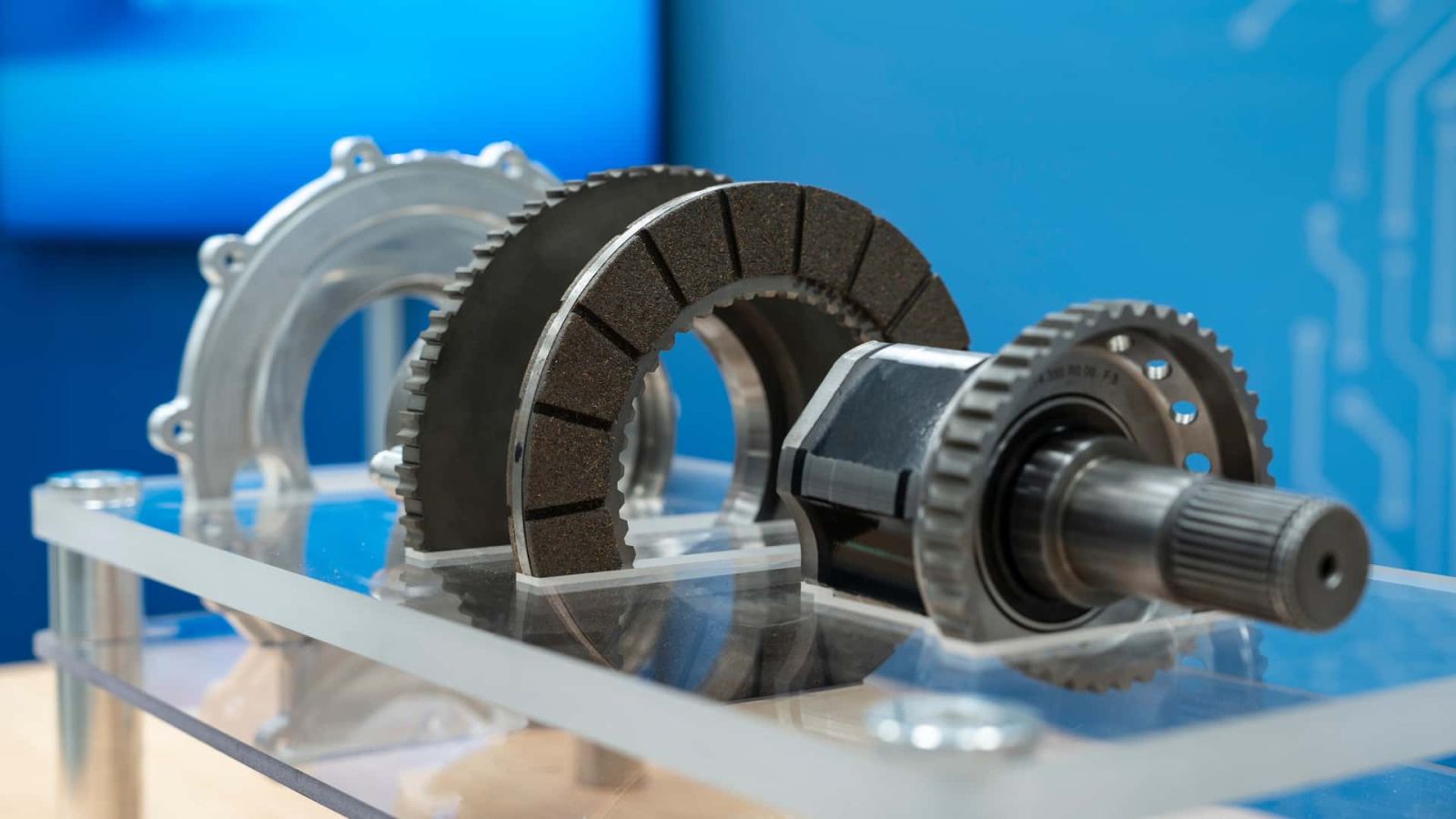Follow us on Google News (click on ☆)

Image Mercedes-Benz
This system is based on a completely different approach from traditional brakes. Instead of external discs attached to the wheels, the system uses a fixed water-cooled disc, against which a rotating circular pad is pressed inside the transmission, similar to a clutch disc. This eliminates the need for traditional calipers and brake pads. Braking is achieved through the direct contact of the pad with the disc.
The goal of this new technology is to address several issues. First, it reduces component wear and avoids the common problem of rust on brake discs. It also ensures better thermal resistance and minimizes unwanted braking noises.
However, Mercedes' innovation doesn't stop there. It also provides a solution to environmental challenges. The fully enclosed braking system captures wear particles, responding to future Euro 7 standards that will impose limits on particle emissions from both brakes and tires.
Another interesting aspect is aerodynamics. The new configuration allows for fully covered wheels, which optimizes the vehicle's aerodynamics. This could also contribute to improved energy efficiency, especially in electric cars.
In terms of performance, the system is designed to reduce the phenomenon of "fading," or the loss of braking efficiency during intensive use. This improvement is essential for enhancing vehicle safety, particularly in challenging driving conditions.
For electric vehicle drivers, this system offers several advantages. In addition to being maintenance-free, it reduces vehicle weight and improves handling.
However, this technology is still under development. Mercedes has not specified a commercialization date. User acceptance and compatibility with electric vehicle requirements will be key criteria for its success.
Mercedes is betting on this system to maintain its strong position in innovation within a rapidly evolving automotive industry. If this technology comes to fruition, it could redefine global standards for automotive braking.
What are brake particles and why are they problematic?
Brake particles (or brake wear particles) originate from the abrasion of brake discs and pads during use. They are primarily composed of iron oxide, resulting from the wear of the metal brake discs.
These particles are particularly concerning from an environmental perspective. Unlike exhaust emissions, brake particles are not as strictly regulated, even though their ecological impact is significant. They contribute massively to air pollution, being 2,000 times more polluting than exhaust gases.
In addition to their environmental impact, these particles can be hazardous to health. They disperse into the air and can penetrate deep into the lungs, posing increased risks to respiratory and cardiovascular systems. This concern has prompted European authorities to introduce the Euro 7 standard, which imposes limits on emissions of these particles.